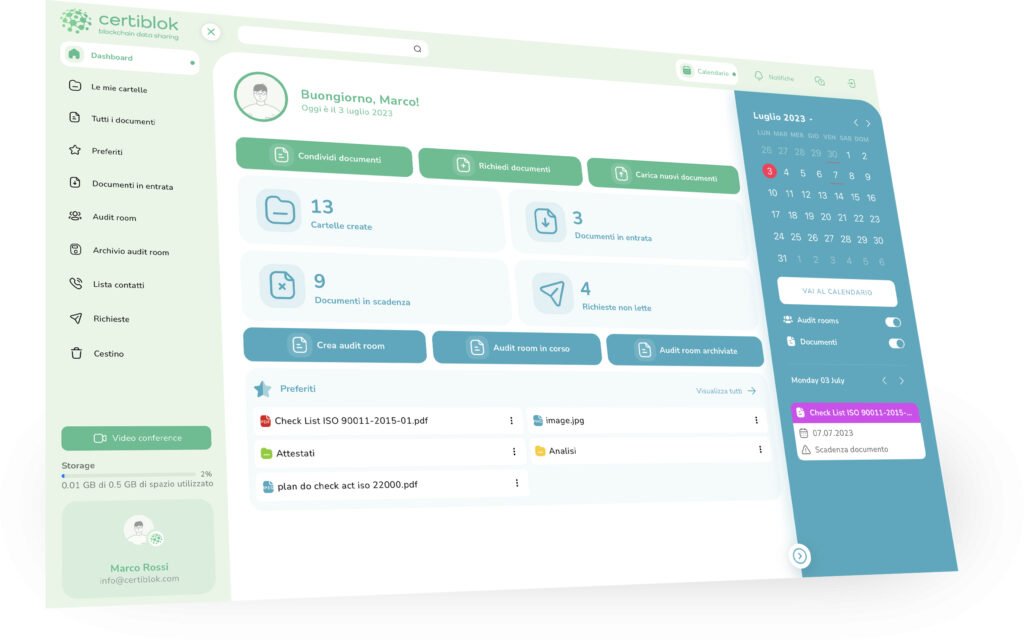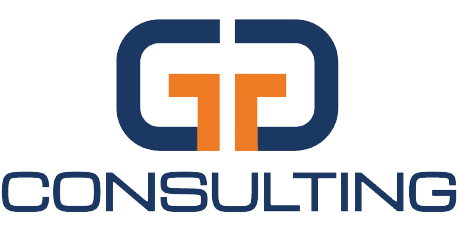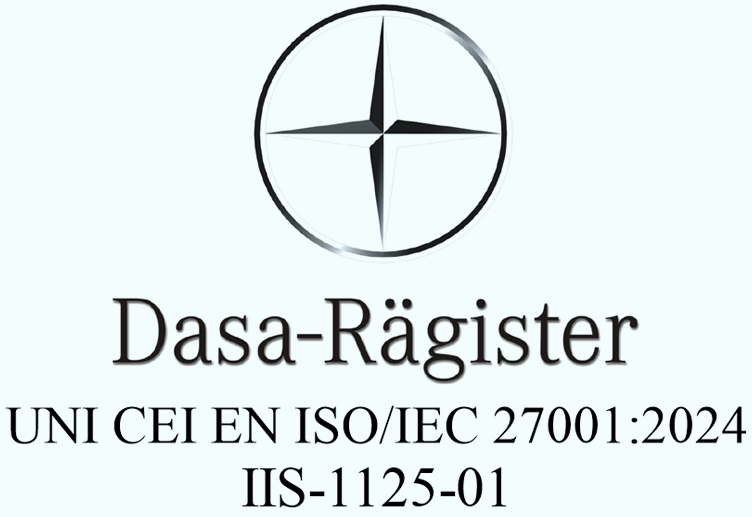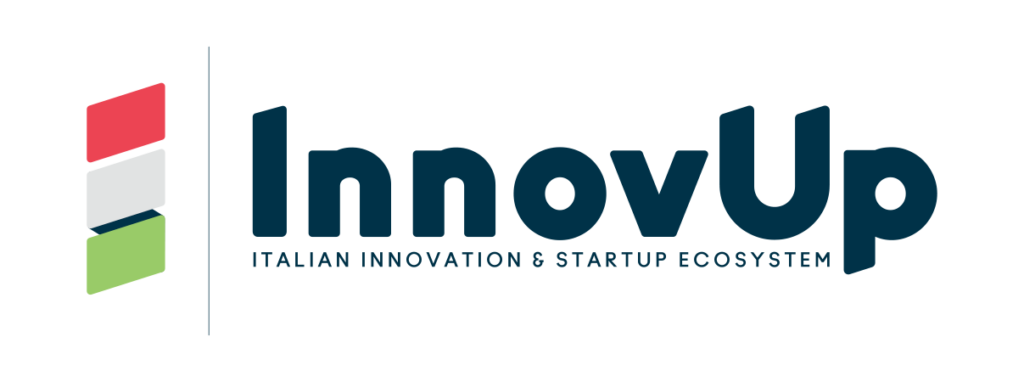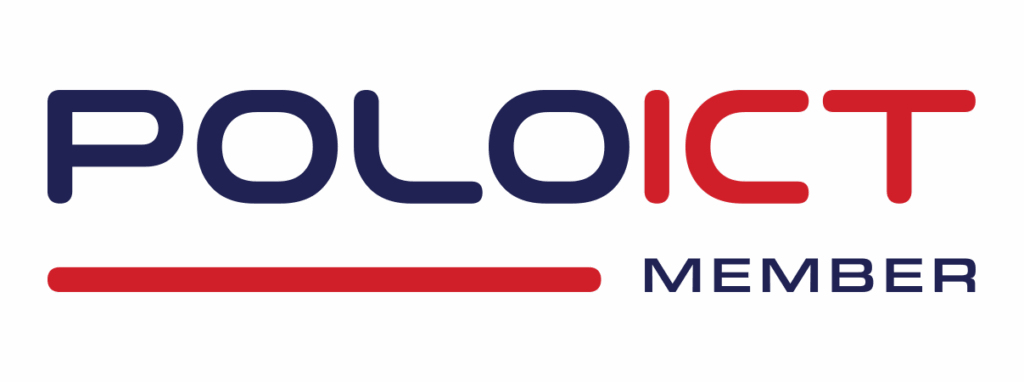Ransomware has made it clear that backup alone is not enough if it is centralized, modifiable, and reachable through the same compromised privileges used by the attacker. What’s needed are secure, immutable, and distributed copies, with verifiable restores and an audit trail proving who did what and when. The goal is not just data recovery, but drastically reducing the attack surface and downtime, ensuring business continuity.
Ransomware and Backup: A Fault-Tolerant Defense Architecture
Traditional backup models suffer from three recurring weaknesses: single points of failure, shared credentials with the production environment, and lack of true immutability. In a ransomware attack, these flaws allow encryption or targeted deletion of reserve copies, extending the damage and lengthening recovery times. A modern approach combines decentralized cloud storage and end-to-end encryption with fragmentation: each file is split into encrypted parts and distributed across thousands of heterogeneous nodes, eliminating the single point of failure and making lateral movement toward a single backup repository useless.
The distinction between production data and backup copies must be sharp, with granular access policies and an SSO integrated with two-factor authentication (2FA) to reduce weak accounts and permanent privileges. In this model, backup is not an isolated snapshot but a resilient service: versions are immutably tracked, permissions can be revoked at any time, and integrity can be verified independently of compromised systems. The absence of lock-in and linear scalability allow capacity and costs to be planned precisely, avoiding complex, maintenance-heavy architectures when simplicity is most critical.
Ransomware and Backup: From Immutable Data to Verified Restore
The real discriminator in a ransomware scenario is not whether you have a backup, but how quickly and with what guarantees you can return to operations. An immutable audit trail records versions, access, sharing, and approvals; document DRM assigns each file an “ID card” with metadata and a unique QR code that always points to the latest approved version. This eliminates the chase for local copies and outdated links: the authoritative data is one, verifiable, and accessible to internal teams, suppliers, and auditors without uncontrolled duplications.
Operationally, automatic versioning and intelligent notifications prevent non-compliant releases from circulating after a restore: when an SDS, a technical specification, or a contract is updated, recipients get an alert and access the correct document without exchanging vulnerable attachments. Dedicated workrooms separate phases: in Edit Room, corrections and post-incident cleanup are coordinated, while in Audit Room, evidence is documented and an unalterable report is generated for governance and regulatory bodies. Point-in-time restore (by date/version) reduces RPO; scheduled restore tests validate realistic RTOs, turning the continuity plan from a static document into a measurable practice.
Integrating these mechanisms into the incident response cycle brings three tangible effects: the attacker cannot find a centralized vault to compromise, the restore process does not reintroduce tainted copies, and the organization can demonstrate technical and organizational diligence with consistent logs and reports. At the same time, strong encryption across multiple distributed fragments prevents file reconstruction without the right keys, while geo-distribution ensures resilience even if individual nodes or regions become unavailable. The result is a model where backup, controlled sharing, and forensic collaboration coexist within the same zero-trust perimeter, reducing both downtime and the risk of re-exposure after the incident.
You can discover all the advantages of the platform directly on the Certiblok features page or explore practical examples and case studies on our official blog.
